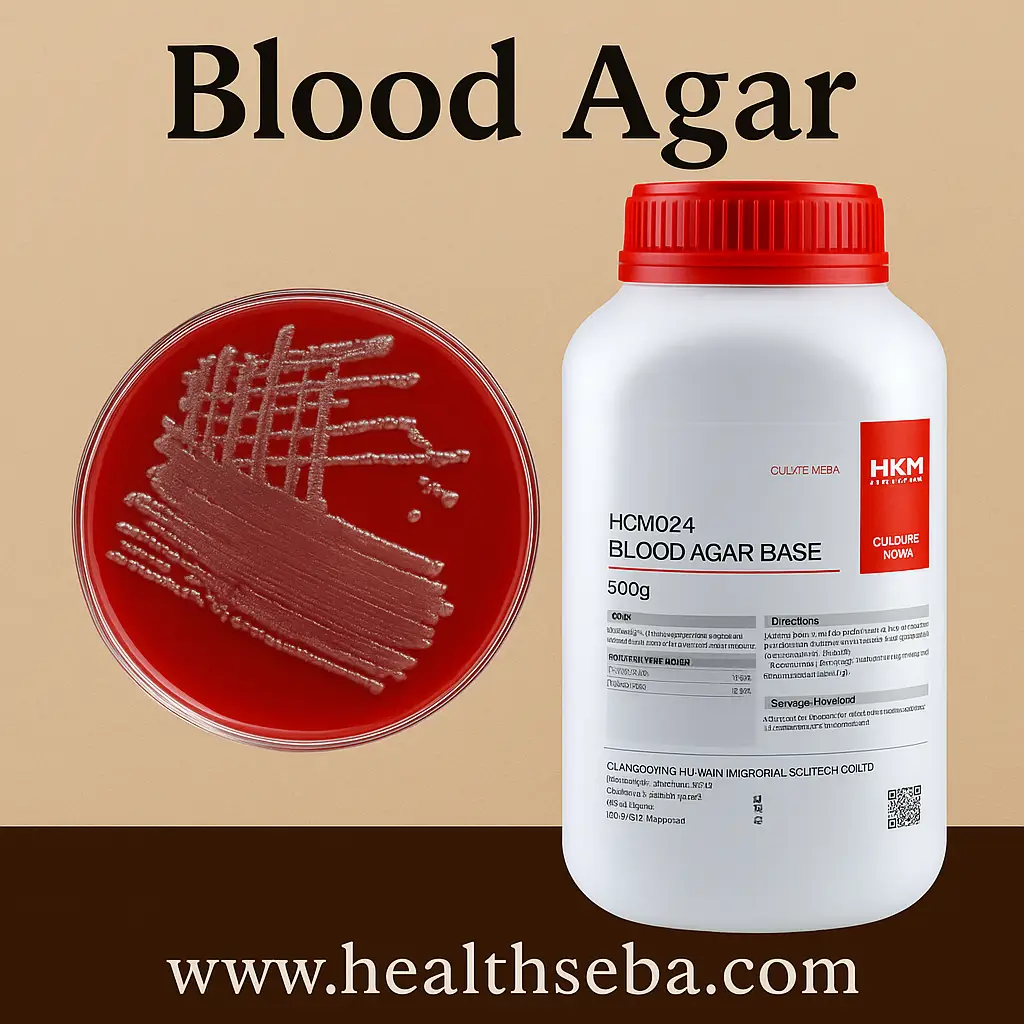Introduction
The Gelatin Hydrolysis Test (also called the Gelatin Liquefaction Test) is a biochemical test used in microbiology to detect the ability of bacteria to produce the enzyme gelatinase.
Gelatinase hydrolyzes gelatin, a protein derived from collagen, into smaller peptides and amino acids.
This test helps differentiate pathogenic bacteria like Staphylococcus aureus from non-pathogenic strains and is also used for identifying Gram-negative bacilli such as Pseudomonas, Proteus, and Clostridium spp.
Principle
Gelatin is a solidifying protein used in nutrient medium.
Bacteria producing gelatinase break down gelatin → liquefaction of the medium.
Liquefaction indicates a positive test.
Absence of liquefaction → negative test.
Procedure
Prepare nutrient gelatin deep tubes (12–15% gelatin).
Inoculate the test organism by stabbing the medium with a sterile inoculating needle.
Incubate at 37°C for up to 14 days.
After incubation, place tubes in a refrigerator (4°C) for 30 minutes.
If the medium remains liquid → positive.
If the medium solidifies → negative.
Interpretation
| Result | Observation | Interpretation |
|---|---|---|
| Positive | Medium remains liquid after refrigeration | Gelatin hydrolyzed (gelatinase present) |
| Negative | Medium solidifies after refrigeration | No gelatin hydrolysis (gelatinase absent) |
Examples of Bacteria
✅ Gelatin Hydrolysis Positive Bacteria
Staphylococcus aureus
Pseudomonas aeruginosa
Proteus spp.
Clostridium spp.
Serratia marcescens
❌ Gelatin Hydrolysis Negative Bacteria
Staphylococcus epidermidis
Escherichia coli
Uses
Differentiates S. aureus (positive) from S. epidermidis (negative).
Helps identify Gram-negative bacilli (e.g., Proteus, Pseudomonas).
Useful for detecting proteolytic activity in bacteria.
Important in clinical and food microbiology for studying bacterial enzymes.
Conclusion
The Gelatin Hydrolysis Test is a simple but important biochemical test in microbiology. It detects the presence of gelatinase enzyme and helps differentiate pathogenic from non-pathogenic bacteria. Its role in identifying Staphylococcus aureus, Pseudomonas, Proteus, and Clostridium makes it a valuable diagnostic tool.
Related Posts


